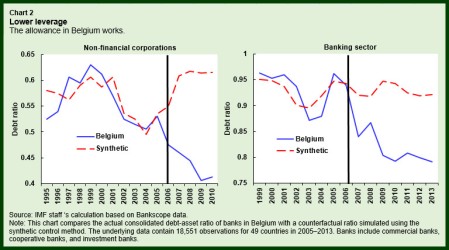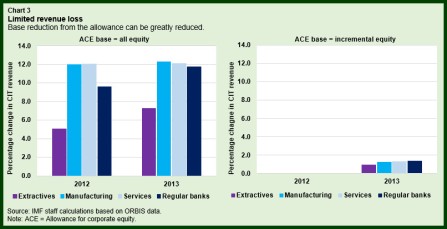The Howard government, when flush with revenue, made a bad tax decisions which continue to haunt current policy makers. It removed the tax on the retirement phase of superannuation, this has been partly resolved by current government’s recent changes. But the Howard government also replaced the full taxation of real capital gains with concessional treatment of capital gains (only 50% of gains taxed). This remains as a tax avoidance loophole which both parties acknowledge but are reluctant to act upon.
The reason is straightforward. Assets put into superannuation in the accumulation phase and held until the retirement phase, can then be sold with no, or minimal, capital gains tax payable. This a major incentive to put assets into super and hold them until the retirement phase.
Without further changes to superannuation taxation, this is simply going to worsen the social problem of the well-off adopting tax minimisation strategies by piling as many assets into super as possible. Remember, it will still be possible to contribute up to A$100,000 per annum as non-concessional contributions.
Consequently, the well-off could easily build up a pool of assets of several million dollars or more, which when sold in retirement will still get very, very, favourable capital gains tax treatment under super.
If superannuation assets in retirement are under the A$1.6 million cap, no tax will be payable on capital gains from sales of assets. If assets are above the cap, the tax rate applied to capital gains is 10%.
For example, an asset costing $100,000 and held for 15 years, increasing in price at an average of 7% per annum would be sold for $276,000. If in super, tax payable would be $17,600. If outside of super, on the top marginal tax rate (including levies) of 49%, the tax payable would be $43,096.
If the concession on capital gains tax was reduced (without addressing the concessionary rate in super), the incentive would be even bigger. For example, if the concession was reduced to 25%, tax payable on the capital gain outside of super would be $64,644, an even larger gap to the tax payable in super of $17,600.
Putting $100,000 per annum into super for 15 years with an average 7% capital gain per annum generates a portfolio worth $2.7 million. The capital gains tax savings on this being in super, rather than outside, are more than $1 million!
So, what are the consequences if a brave government elects to reduce the concession applied to capital gains tax? If they make no changes to super tax arrangements there are at least two likely consequences.
First, there is increased incentive for individuals to set up self managed super funds to exploit these tax arbitrage or minimisation loopholes.
Second, despite taxation of earnings on retirement income balances over the A$1.6 million cap, maximising non-concessional contributions into self managed super funds will remain attractive, to take advantage of the difference in capital gains tax rates on assets inside versus outside super – to the detriment of future government budgets.
The consequences for self managed super funds incentives to borrow (via non-recourse arrangements involving trusts) to purchase assets such as property are unclear. As described on one adviser’s website:
Such borrowing will enable trustees to acquire assets over and above the assets that can be obtained from contributions. The caps on contributions can therefore be “overcome” by such borrowings.
However, it is doubtful that there are tax arbitrage benefits from using leverage to purchase assets via super (because higher marginal tax rates mean higher tax deductions for interest on borrowings outside of super).
For reasons of social equity, any general changes to the capital gains tax rate will also need to address capital gains tax within super. Admittedly there is already a lower concession in the case of super (two-thirds of gains are taxed versus one-half).
But that means taxing capital gains in super at only a 10% rate, leaving strong incentives to thwart higher capital gains tax by locating assets within super. Failing to reduce the capital gains tax concession in super would be likely to undo a substantial part of the effectiveness of any general changes the government has already made.
Author: Research Director of Australian Centre for FInancial Studies and Professor of Finance at Melbourne and Monash Universities, Australian Centre for Financial Studies



















